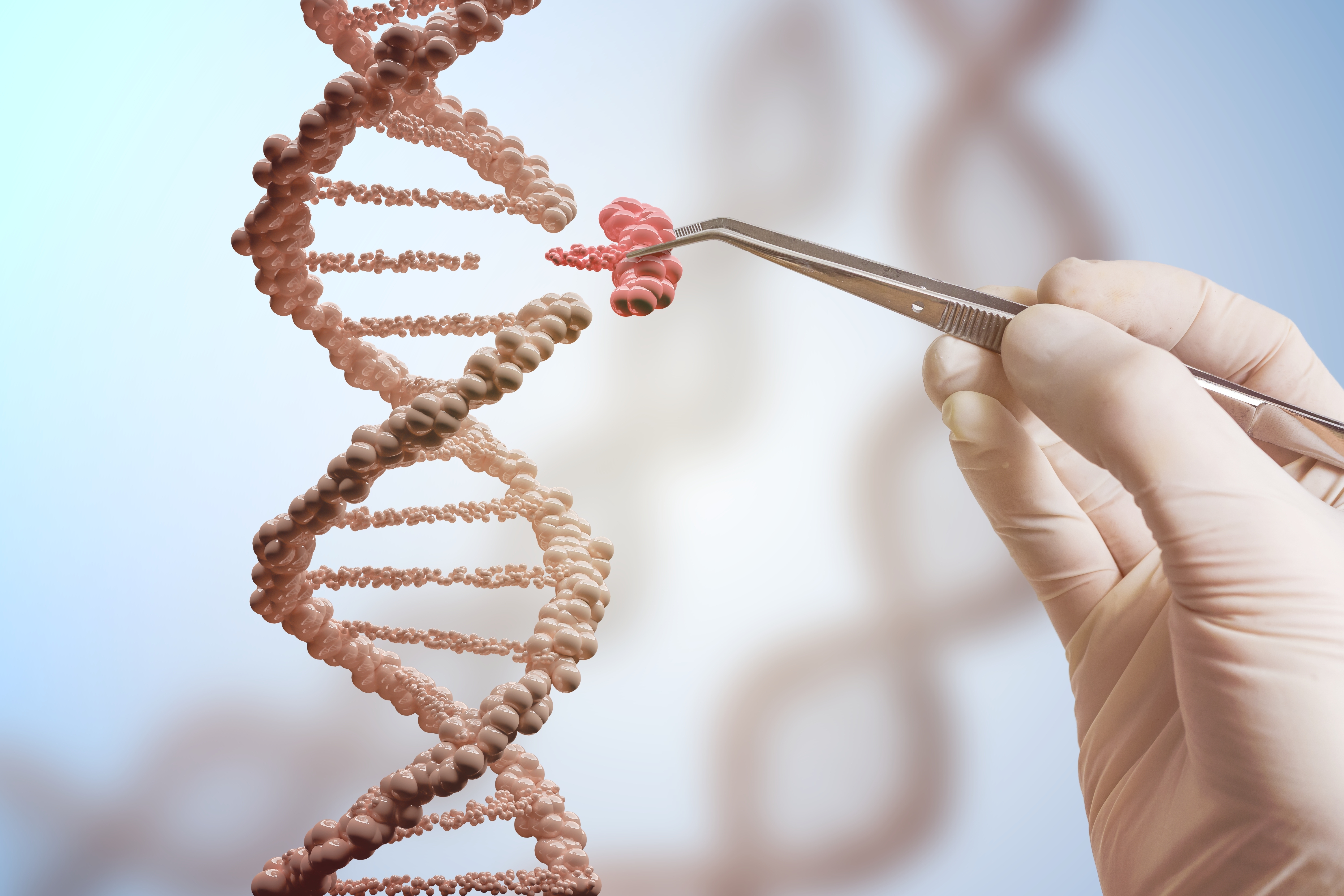In 2018, Adidas stunned the world with its first-ever 3D printed shoe Alphaedge 4D. Gillette introduced the Razor Maker platform, which uses Formlabs Form 2 3D printers to provide unique and highly personalized razors to their customers. And Lufthansa is investing in 3D printed aircraft parts.
If we take a look at our surroundings, we can see the vast potential that 3D printing technology can create. However, 3D printing technology has an impact in unexpected industries. Not only can a 3D printer create that new shoe or that exciting prototype, but it can also have incredible potential in dietary supplements, medicine and environmental sustainability.
As the founder of the $100 million Longevity Vision Fund, which is dedicated to accelerating life extension breakthroughs, here's why I believe 3D supplement printing may be the next trend in longevity.
Applications In Dietary Supplements
The world of fitness, health and wellness is aggressively pursuing the ability to mass-personify. You can see examples of this on Instagram, which is filled with countless health, fitness and wellness apps promising customized, unique-to-you products, services and meal plans. One standard product is health supplements. And 3D printing has a unique role in providing personalized supplements.
Health supplement firms are finding methods to customize supplements and hyper-target consumers' specific dietary needs and timing of the release. For example, if you are doing an intermittent fast and you plan on skipping breakfast and sleeping early, then you might want a vitamin that delivers caffeine and nutrients in the morning and relaxation and sleep-promoting herbs at night.
Multiply Labs is one of the health care supplement pioneers in the U.S that offers just that.
The company "prints" your personalized supplements, which are promised to time-release the necessary nutrients based on your needs and routines. The time-release component is achieved by 3D-printing a capsule with varying thickness. The theory is that if part of the tablet is thin, it will release the compound within 30 minutes. If it's thick, it releases in two hours, thereby achieving the desired time-specified release of nutrients.
Another company offering similar hyper-targeted health supplements is Nourish3d. Nourish3d provides a subscription option of vegan, sugar-free, made-to-order "stacks." The stacks look and taste like gummies and can be customized to your lifestyle and goals.
For example, busy, stressed business professionals can choose "The High Flyer Stack" to improve concentration, relieve stress and reduce nausea. (Maybe from all of those meetings?) Vegans can take advantage of "The Plant-Based Power Stack," which contains vitamins and superfoods to help enhance their diet.
Applications In Medicine
If we can print targeted and time-specific supplements, then it's not a big leap to soon be able to do so with pharmaceutical medicine as well.
Similar to the health supplements, doctors will be able to prescribe and provide specific, customized and potentially time-controlled dosages specific to each patient's body components.
The time-release innovation can also significantly impact the management of chronic conditions, such as high blood pressure and diabetes.
In the United States, one out of every three adults has high blood pressure. Patients with high blood pressure face complicated and difficult therapy regimens. This is because patients are sometimes prescribed multiple high blood pressure medications with different dosages, side effects and methods to lower blood pressure. The complexity in drug and drug regimen leads to poor adherence, which is associated with increased risks of coronary and cerebrovascular events.
While an estimated 33% of adults in the United States have high blood pressure, 10% of the entire U.S. population is diagnosed with diabetes. For patients with diabetes, drug regimes can be highly individualized and complex. For example, one study found that Type 2 diabetes patients were prescribed 8.6 pills per day on average. Similar to nonadherence with blood pressure medication, at least 45% of Type 2 diabetes patients fail to achieve glycemic control due to inadequate medical adherence.
If we can offer one simple 3D-printed medication that combines different dosages, we can significantly improve nonadherence.
Environmental Impact
One underlying consequence of both health supplements and medicine capsules is enormous environmental damage. On-demand 3D printing of supplements and drugs could help cut down on financial and ecological waste from medicines that have spoiled, been over-prescribed, discontinued or expired.
For example, back in 2008, an Associated Press investigation revealed that "U.S. hospitals and long-term care facilities annually flush millions of pounds of unused pharmaceuticals down the drain, pumping contaminants into drinking water." At the same time, individual cancer drug vials contain larger doses than patients need. Once a patient uses the necessary amount, the rest of the medication is discarded. This has led to an estimated $3 billion of unused cancer drugs being thrown away each year.
3D printed cancer drugs can customize the exact amount of dosage the patient might need or combine multiple dosages into one pill. This cuts down on the unused and discarded medications.
In summary, not only can we 3D print shoes, razors, and even aircraft doors, but we can also print personalized vitamins and hyper-targeted medication in a way that is good for our environment.
______________________________
First published on Forbes




